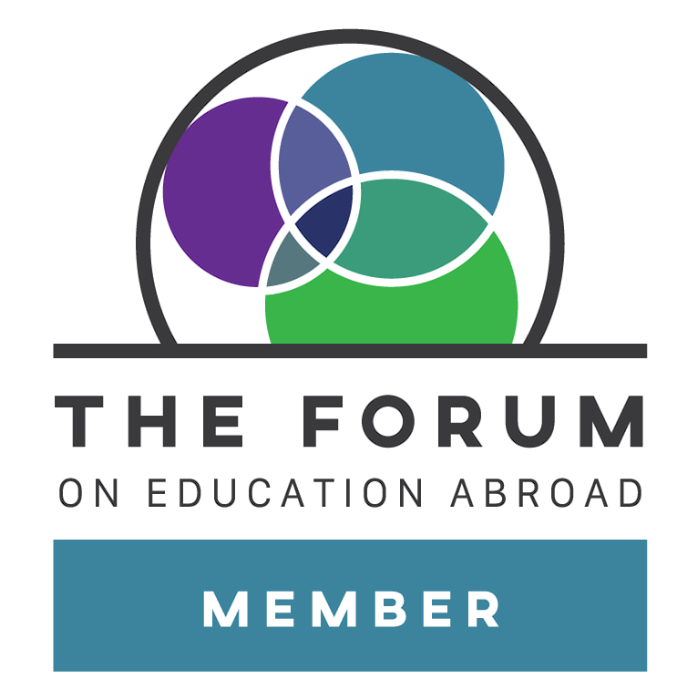With 27 member countries, how are various cultural differences reconciled to create a free flow of people, goods, services, and capital around the European Union? What are the origins of European integration? What place does the EU have in the world economy? What does the future hold for the EU in terms of growth in membership and economic prowess?
This course provides a comprehensive examination of the processes of European economic integration and a critical analysis of EU policies in their broader political-economic context. It focuses on the external dimension of Europe in the global economy, the integration processes of the EU, including the Single Market, Economic, and Monetary Union or the Common Agricultural Policy, and its impact on global economics, ranging from the World Trade Organization to EU enlargement and the Third World.
EXAMPLE CO-CURRICULAR ACTIVITIES (2-4 PER COURSE)
- Imperial War Museum
- Greenwich Maritime Institute
- European Commission London Office







